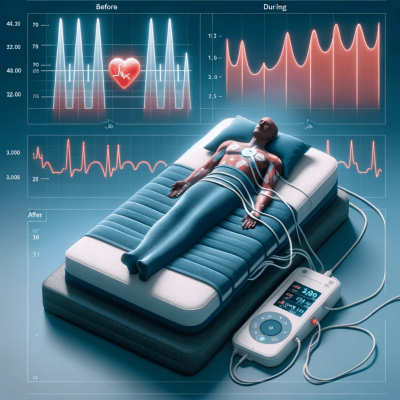Breathing is an involuntary activity. We don?t think about it unless we?re running uphill and gasping for oxygen, or underwater and trying not to drown. The oxygen we breathe in day in and day out is vital. The body uses oxygen to fuel the body; without it we die. Despite this, many people don?t breathe correctly.
Shallow breathing is more common than you?d think. This is when air is drawn in via the intercostal muscles rather than the diaphragm. These muscles are not designed to facilitate breathing, which makes deep breathing impossible. Dysfunctional breathing can lead to a range of problems, as we will explore below.
Table of Contents
TogglePanic Attacks
Shallow breathing is linked to chronic stress, which is why a common tool for panic attacks is to breathe in deeply and slowly. Breathing fast and shallow exacerbates feelings of anxiety and panic; the more you do it, the more your heart rate increases, and the worse these feelings become. It?s a vicious circle.
Over time, if the habit of shallow breathing is not corrected, it becomes a habitual response to stressful situations and the body is continually primed to react to stress, even in non-stressful situations.
Snoring
Shallow breathing episodes during sleep are linked to obstructive sleep apnea, where you repeatedly stop breathing and then gasp for oxygen. People suffering from this condition often snore very loudly. It is a serious condition but mouth strips are made to help you sleep with your mouth closed, which can help encourage deeper, nasal breathing.
Lower Immunity
People that don?t breathe properly have lower levels of lymphocytes in their blood. This negatively impacts the body?s immune system, so they are more susceptible to illnesses like the common cold, influenza, and Covid. It can also slow down healing and make existing medical conditions worse. Over time, you?ll probably find you are succumbing to all kinds of bugs and never feel well.
Poor Memory and Cognitive Function
You might be surprised to learn that shallow breathing is linked to poorer cognitive function. When you breathe using only the upper half of your chest rather than your diaphragm, you take less oxygen in. In a study examining people?s recall of a scary face, it was been found to impair memory and emotional reasoning skills.
Less Physical Endurance
Shallow breathing can impact physical endurance, which might be an issue if you participate in sports. Because you don?t properly utilize the correct respiratory muscles when shallow breathing, they aren?t as strong, so when you do need to take a deeper lungful of air during intense physical exercise, it will be much harder to keep it up and you?ll feel out of breath sooner.
Back and Neck Pain
Persistent back and neck pain are common in people who have a habit of shallow breathing. Inefficient breathing has also been linked anecdotally with a range of upper body aches and pains, from rotator cuff injuries to general stiffness in the spine. This likely happens because the muscles in the upper chest and throat are not designed to do the heavy lifting in respiration, so they become tired and inflamed over time.
It is definitely worth considering whether dysfunctional breathing is to blame if you are suffering from persistent aches and pains in the upper body and there is no other obvious cause.
How to Fix Shallow Breathing
There is no quick fix to reverse years of shallow breathing but there are lots of helpful exercises you can do to try and correct the problem. Try lying on your back, placing your hands above and below your diaphragm. Breathe in via your nose so your stomach moves out, but your chest stays still. This is known as diaphragmatic breathing.
Practice diaphragmatic breathing regularly until it becomes second nature.








